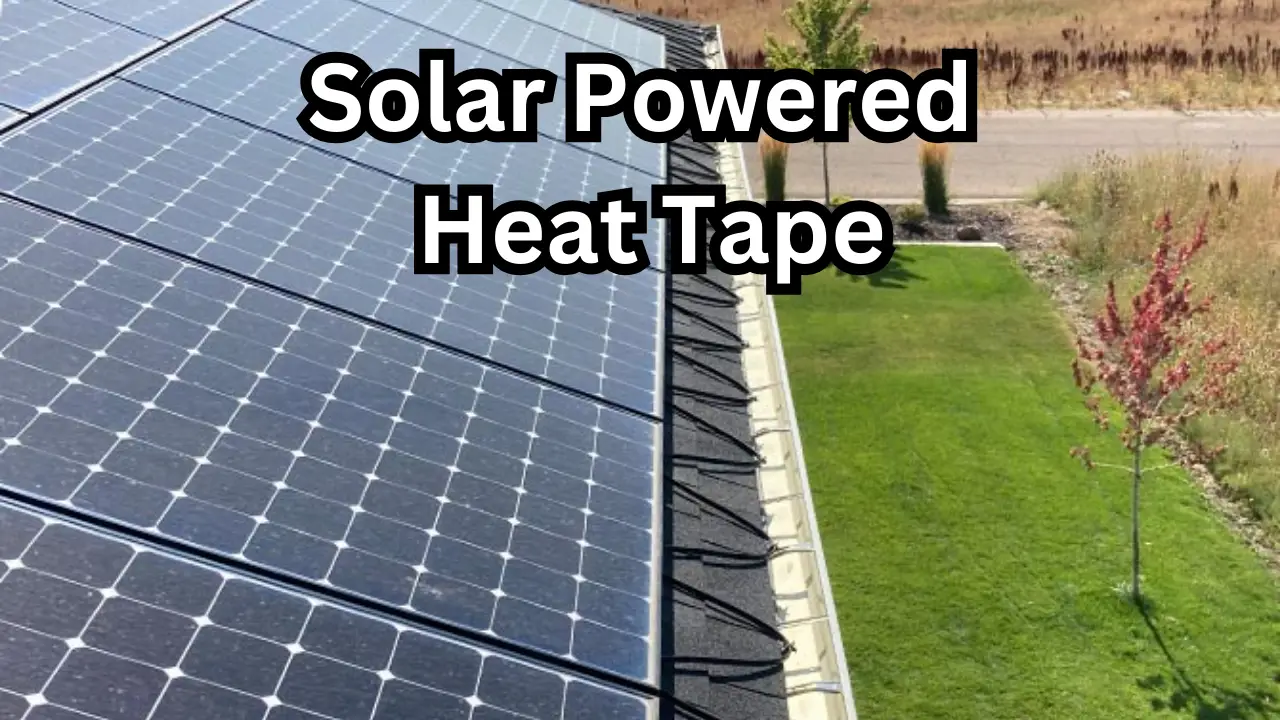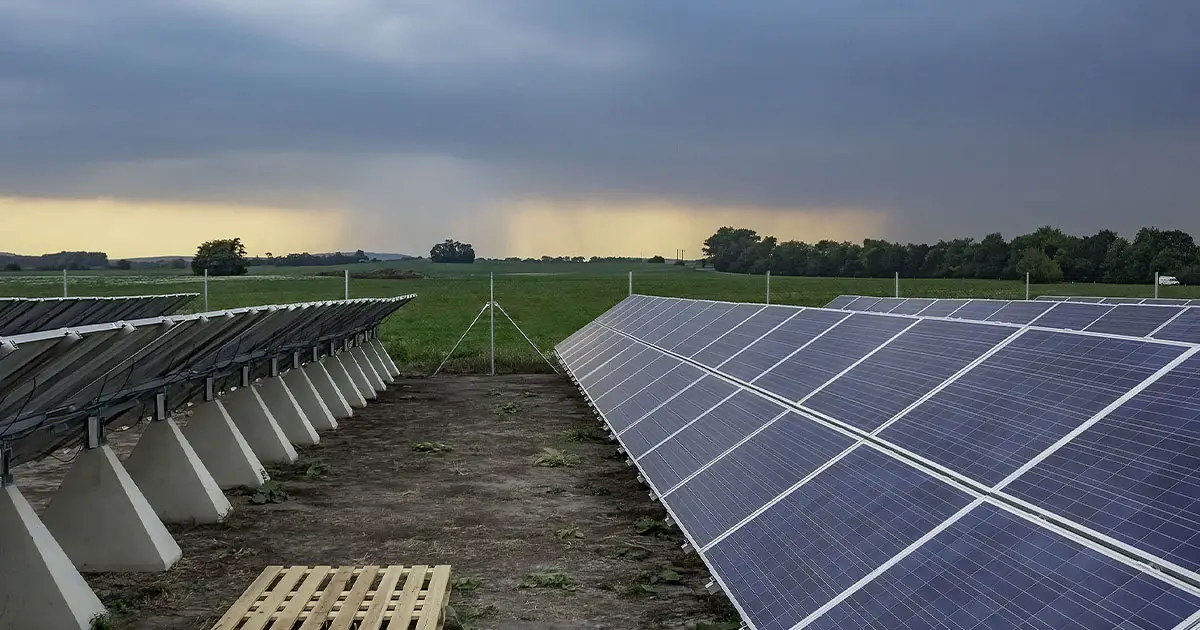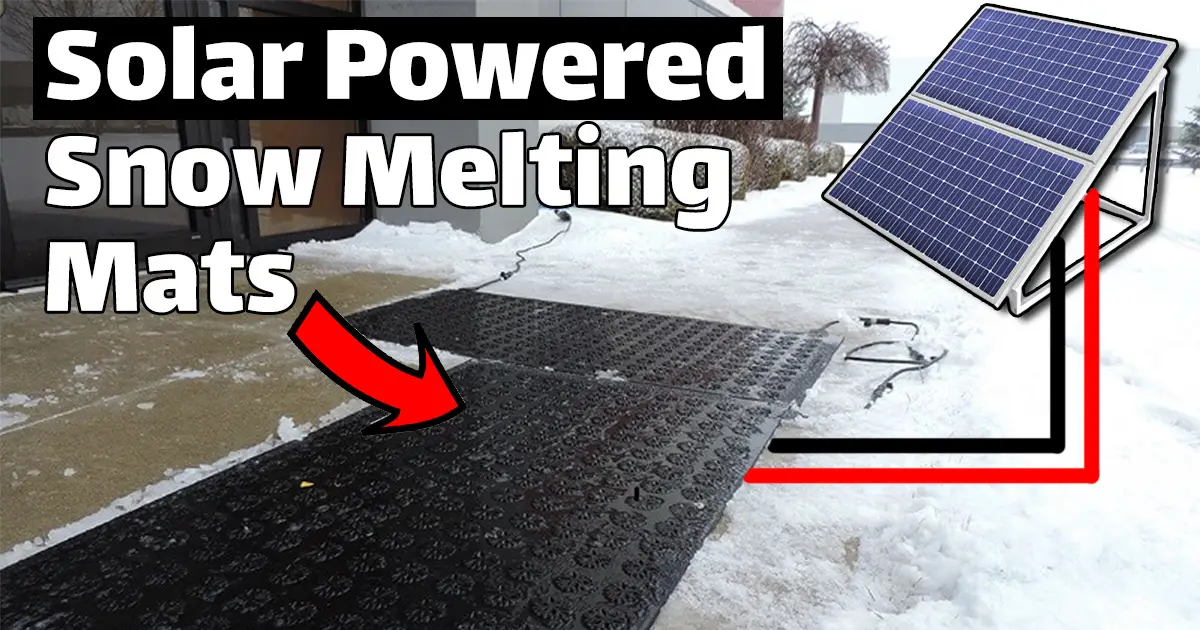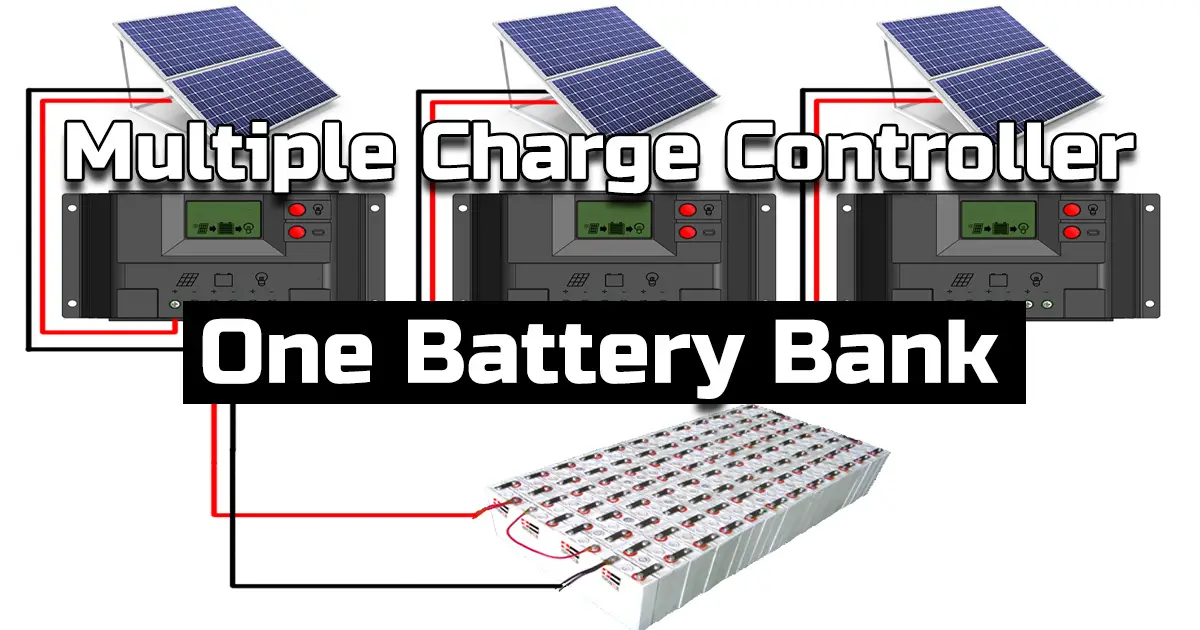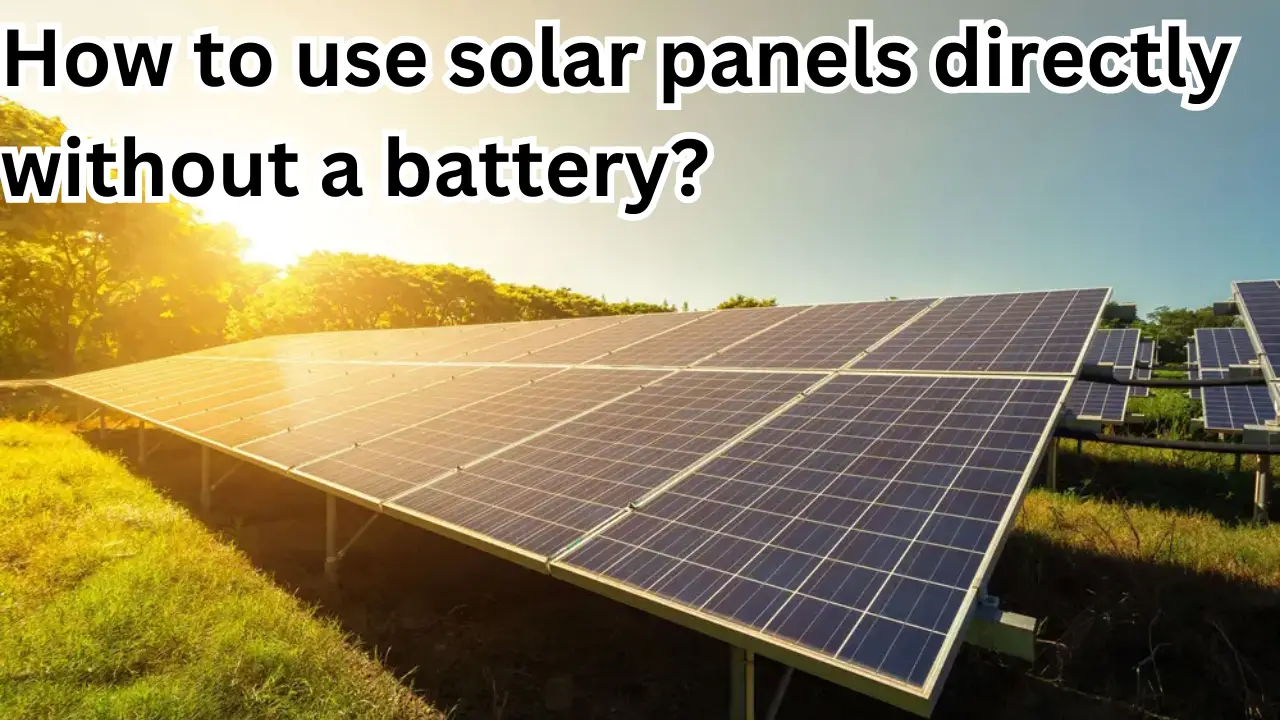For people who live in regions with harsh winters, solar-powered heat tape is revolutionary. It offers an economical and environmentally beneficial way to prevent freezing and damage to numerous materials by utilizing the sun’s energy.
This article describes solar-powered heat tape, covering its characteristics, operation, parts, installation, testing, and applications.
What is a Solar Powered Heat Tape?
A part that supplies energy to heat things in isolated regions and keep them from freezing is a solar-powered heat tape. When installed on a variety of materials, conventional heat tapes can become a severe cause of excessive electricity costs.
The ideal option is solar-powered heat tapes since they use the sun’s free energy while also providing ideal protection for materials from the effects of cold weather.
What is the purpose of solar heat tape?
Any home item with moisture or water content will freeze in colder climates throughout the winter. Ice and icicle growth might obstruct their proper operation and potentially harm them permanently. The same amount of water in a bigger volume of ice is the cause.
This issue can be avoided by covering these materials with heat tapes. But standard heat tapes use electricity to keep the temperature constant. High energy costs are the effect of this. Using solar heat tapes allows you to get the same effect without spending any money. These tapes use solar energy to maintain the optimum temperature and avoid freezing in cold weather.
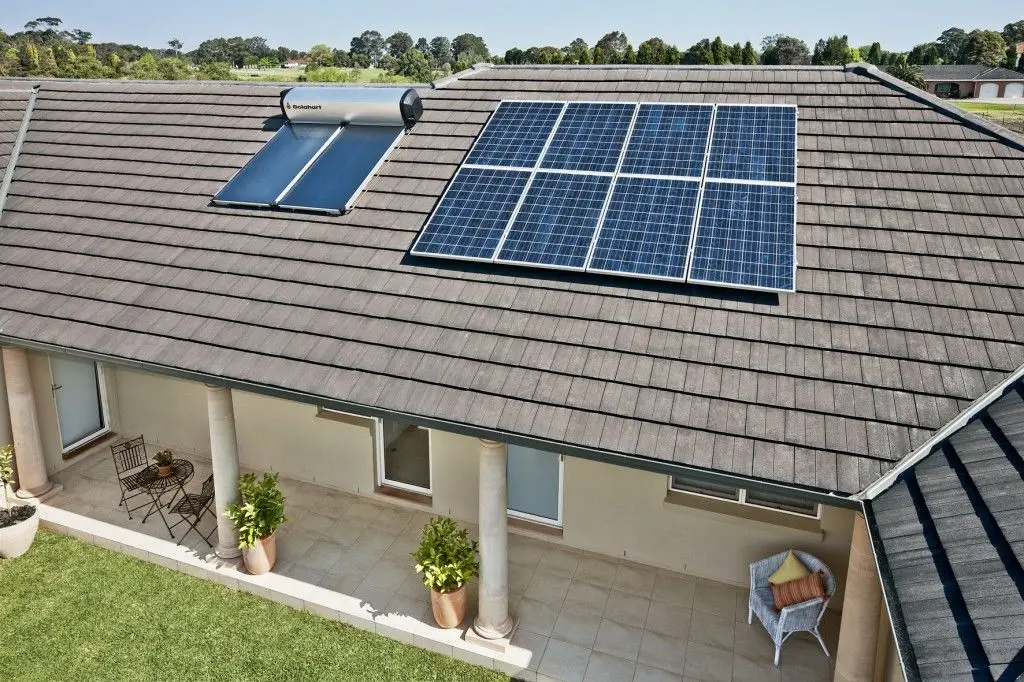
Parts of a solar heat tape
To transform solar energy into something that can be used, a solar panel is required for a solar-powered heat tape. For simple integration, it also needs a battery, an MPPT, an inverter, and a cabinet.
Let’s examine each element individually.
Solar panel
This is a crucial element of the system. A solar panel’s purpose is to capture solar energy and transform it into electricity. This element contributes to the provision of heat without using grid energy.
The solar panel should be installed with caution, keeping it close enough to the ground to avoid long, looping cables.
Solar inverter
Another essential element for this system’s operation. Direct Current, or DC, electricity is produced by solar panels. Only alternating current, or AC, can be used with the heat tapes. This indicates that converting DC to AC requires an inverter.
Solar Battery/Cell
A battery is required for constant heating in the setup. This heating system is solar-powered; thus, it cannot generate electricity constantly. We require backup power to keep the system running at night or whenever the sun is not shining. That is what a battery does. In order to use the electricity produced by the solar panels when it is not able to provide energy, it stores it.
Charge controller with MPPT

Maximum PowerPoint Tracking is a method for controlling how much charge enters the battery. By doing so, the battery’s lifespan is increased, and overcharging is prevented. Every solar system must have an MPPT charge controller.
Cabinet
The components of this system, with the exception of the solar panels, must be kept safe in a cabinet because they are typically stored outside and exposed to the elements of nature.
How to install solar heat tape?
Get a ballpark idea of the length of tape needed for your purpose before you start looking for solar-powered heat tape. If you can’t find the exact length, choose the closest one that is on the longer side.
These are the actions you must perform during installation.
Calculate The Required Length Of Tape
Even if you could have produced a rough estimate earlier, you can check it again before installing. The area that needs to be covered should be measured. Consider the lowest temperature you may anticipate on the coldest days as well.
If you’re unsure of how much tape to use to get the best results, you can consult the manufacturer’s guidelines.
Make The Ground Ready

The next step is to clear the dirt and debris from the area where the heat tape will be applied. For the heat tape to be installed, the surface must be prepared and clean.
Dust, filth, and residue can cause sparks to fly and possibly cause the material to catch fire. The very thing you are trying to protect may be destroyed if heat tape is applied to a filthy surface.
Apply The Tape In A Tight Spiral
Heat tape must completely round the surface. Make sure to tightly wrap it. It won’t do any good to leave spaces between them or tie them up carelessly. You can use electrical tape to hold the heat tape in place.
Repair The Insulation Layer
Giving the heat tape an additional layer of insulation can help to protect both the heat tape and the object it is meant to shield. The heat tape’s lifespan, as well as the material’s resistance to harsh weather conditions, can both be increased by an insulation layer.
Insulation is the single most effective way to increase heat retention and decrease heat loss. Foam insulation would be a wise choice because weatherproofing has advantages. Typically, an insulating cover functions best when it has the same shape as the object it is covering. For instance, cylindrical insulation is available for pipes.
Connect The Solar System To The Tape

It is time to connect the heat tape to the energy source now that it is in position and properly insulated. You must connect it to the inverter here. Run a test before completing the installation, if possible.
Here are some safety precautions you should take before leaving it plugged in constantly.
- Make sure the object you are using to attach the heat tape is not in contact with the earth. If it happens, the grounded heat tape could cause power spikes.
- Only continue using the heat tape if there is water on the surface.
- Make sure to clear the area of any flammable goods.
- Avoid connecting the heat tape to the inverter with an extension cable. This could prevent the grounding.
- Make sure that when heat tape is mounted on a material, the substance won’t melt when the heated tape touches it.
Keep in mind that improperly fitted heat tape poses a significant fire danger. Before leaving the installation on continuously, check and check again. It is strongly advised that you test it at least once.
Testing a solar heat tape
It would be beneficial to examine it again and execute a dry run because there are hazards involved, and the stakes are high. Here are the suggested actions for this.
- Take off the heat tape’s plug from the inverter.
- The heat tape’s insulation covering should be set aside.
- In order to find any irregularities or flaws, such as cracks, run your palm over the heat tape.
- During the dry run, evaluate the heat tape’s performance. You can accomplish this with an ice-filled waterproof bag. There is no risk associated with this because there won’t be any water going out.
- Keep it over the tape for 30 minutes. Connect the heat tape’s power cord to the inverter once it has gotten chilly enough. The heat tape ought to now produce heat.
If the heat tape doesn’t feel warm to the touch, there is probably a problem with it. You might need to discard the entire roll of heat tape and install a new one in its place because the flaw is difficult to spot. Continue performing this test until you get a positive result.
How Solar Heat Tapes Work
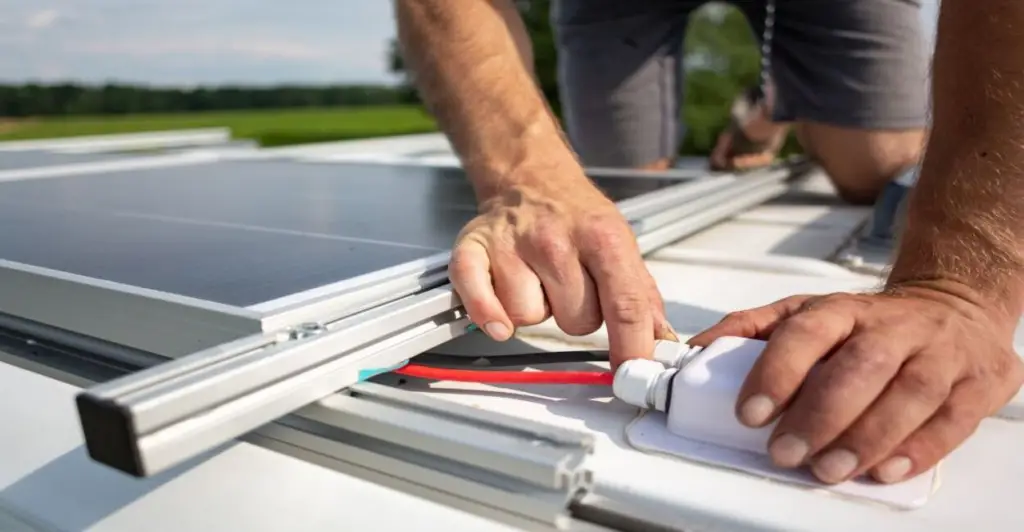
- Conductor Material: Solar-powered heat tapes have a conductor material running through their length.
- Electricity Flow: When electricity generated by solar panels flows through the solar heat tape and encounters resistance, it produces heat.
- Ice Melting: The heat generated by the tape melts any ice on the material it’s wrapped around and prevents further ice accumulation.
- Temperature Range: Solar heat tapes typically reach temperatures around 500°F, with some models exceeding 1000°F.
- Power Consumption: Solar heat tapes consume approximately 9 watts per linear foot of heated surface, but they use solar-generated electricity, eliminating the need to worry about power costs.
- Thermostat: Solar heat tapes often come with built-in thermostats, but it’s advisable to turn them off or unplug them when not needed to save energy.
Features of Heat Tape
The main characteristics and details to take into account when purchasing a solar heat tape are
Solar panel power rating: To provide enough energy for the heat tape, make sure the solar panel has a power rating of 10W to 20W. If bigger coverage regions or colder climates are desired, the panel size can be changed.
Heat tape voltage: There are many voltage options available, and higher voltage tapes produce greater heat. Based on your unique heating needs, choose the voltage.
Size of the Heat Tape: Depending on the surface area you need to cover, choose the right length of heat tape. Keep in mind that different brands offer standardized lengths.
Operating Temperature: To avoid fire risks, always use the heat tape when it is below freezing (usually 32°F). Thermostats might malfunction, so use caution when using them.
Flexibility: If you intend to use heat tape on water pipes, make sure it is sufficiently flexible to wrap around various-shaped items.
Price: Due to the addition of solar panels, inverters, batteries, and charge controllers, solar-powered heat tapes may have a greater initial outlay. Think about the long-term cost reductions against traditional heat tapes.
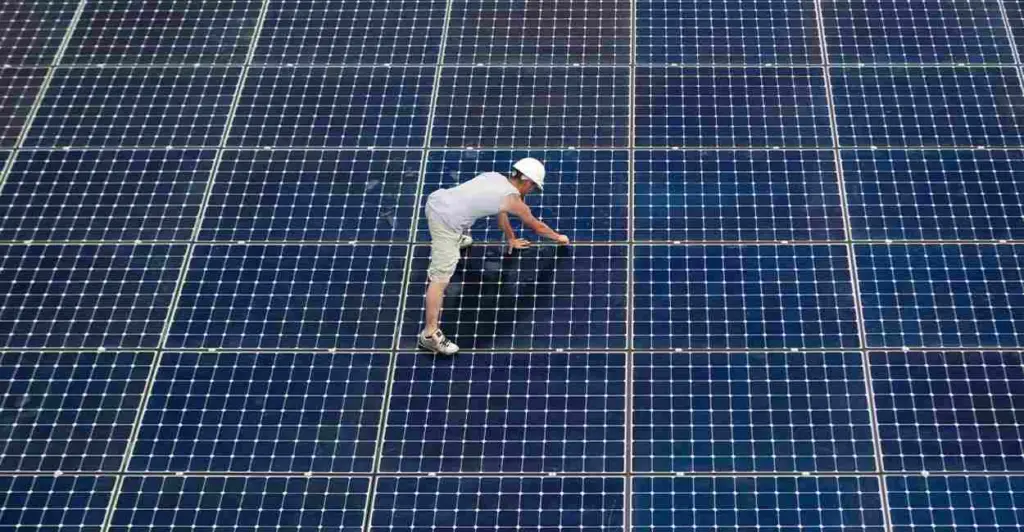
Applications of Solar-Powered Heat Tapes
At the domestic level, solar-powered tapes are employed to prevent the freezing in cold weather of roofs, roof gutters, garden hoses, PVC pipes, and gas line regulators. Solar heat tapes are used in business settings to preserve process temperatures, stop materials from freezing, and safeguard products that are susceptible to low temperatures.
To avoid ice buildup during cold weather, a solar-powered heat tape can also be mounted on the windshield of a car.
FAQs
Is heat tape a heavy electricity user?
No, heat tape doesn’t consume a lot of power. Actually, the majority of heat tape is made to consume extremely little electricity, and some varieties even use solar power.
Can the heat tape remain plugged in?
Only when it is colder than 32° F (0° C) should solar heat tapes be left plugged in. The solar energy you produce is lost if heat tapes are left plugged in during high temperatures.
How well does heat tape work?
When used with the proper pipe material and care to prevent overheating, heat tape is an efficient and secure way to defrost frozen pipes. Ice and snow are melted using a resistive heating element, which also transfers heat to a pipe. The heat tape must, however, be suitable for the type of pipe you are using because some are only made for metal pipes.
Conclusion
In regions of the world where the winters are particularly harsh, heat tapes have become crucial. Utilizing a solar-powered heat tape can reduce your reliance on the grid and lower your energy costs. It is practical, effective, and economical.
This is a boon for individuals who live off the grid. You can save yourself the trouble of climbing up to the roof and clearing the collected snow by using solar-powered roof heat tape. The genuine advantages of solar heat tape can only be understood by those who have actually done it.

